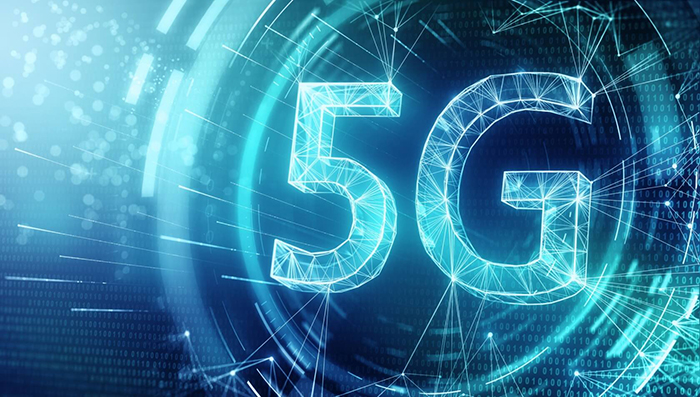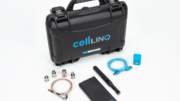Mid-band 5G will probably be here this year. (What is it? Read our explainer.) It’s going to mean faster 5G speeds and a better experience for everyone. It can’t come soon enough because there’s so much demand for data. You know it — everyone wants to use their phones for something.
The dirty little secret
Here’s what the carriers don’t want you to know. Right now, the plan is to roll out mid-band 5G on existing cell towers. In most areas, cell towers are spaced about 1 mile apart. Sometimes it’s a little less, sometimes it’s a little more. This distance should mean that you can get good service anywhere between towers, since you’re never really more than half a mile away from a tower. That’s enough for traditional cell service to work well.
However, mid-band 5G uses frequencies that are higher than regular cell service. As frequencies get higher, they don’t travel as far with the same amount of broadcast power. That’s important, because there’s a limit to how powerful those cell towers can be. Some models suggest that mid-band 5G will only travel about half as far. So, if you’re right between cell towers, you might not get great 5G service.
The part that doesn’t make sense
Yes it’s true that broadcasts on higher frequencies don’t travel as far. But we also know that satellite broadcasts are on much higher frequencies than cellular ones. Satellites are at least 22,000 miles away from you, yet you get those broadcasts.
So here’s why it actually does make sense. First of all the antenna on your phone is pretty small and it’s designed to work indoors and even when the antenna is blocked by your hand. Satellite dishes are much much bigger and include a big reflector that focuses a lot more signal on the small receiving element. Also, satellite dishes are always outside which helps them get more signal too.
It does help too that satellites broadcast using more power than cell towers, but they don’t use as much power as you’d think. After all, they have to get all their energy from solar panels and they don’t have massive power to spare.
The endgame for mid-band 5G
Mid-band 5G is going to solve a lot of problems for cell phone users, but it’s not the only solution. Carriers will have to keep the 5G service on their lower frequency (600-850MHz) tiers in order to cover the whole country. I do expect there to be cell boosters to help with this issue too and when they are available, Solid Signal will have them.
It’s also likely that in denser suburbs, we’ll have to see more cell towers. Of course no one wants an ugly cell tower in their backyard, but carriers know this. Every year we see cell towers that blend in better, are smaller, and are better designed for suburban neighborhoods. I wouldn’t be surprised to see cell towers that are part of street lights and are barely noticeable. This would allow for a lot better coverage, but it’s going to take a while.
The future will come, but for now…
Mid-band 5G is going to be a big part of our future, but as I write this in early ’22, it’s not here yet. You can’t even get a phone that works with mid-band 5G yet. You will, but it’s going to take a while. In the meantime, if you want the best phones and cell phone signal boosters, shop the great selection at Solid Signal!





